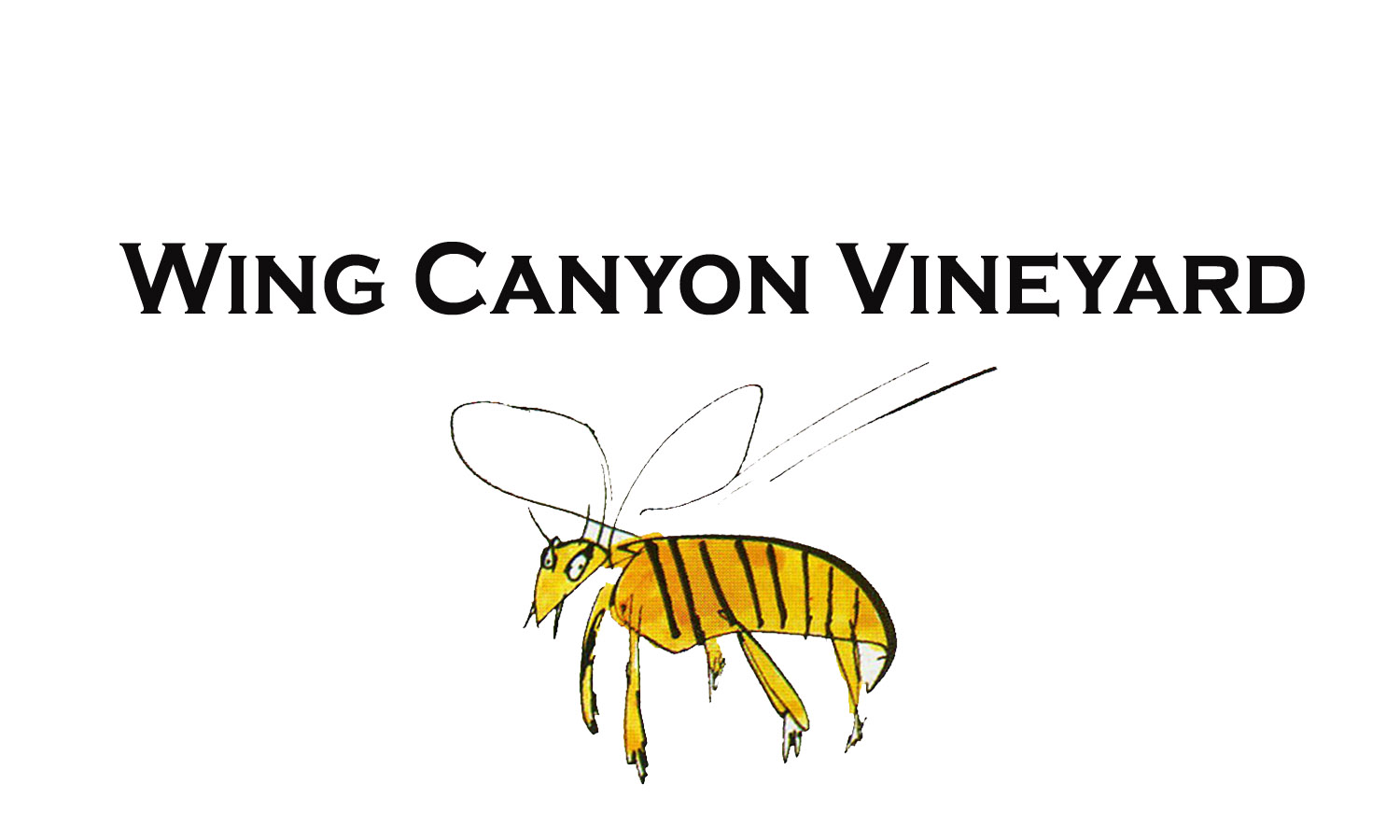Wing Canyon Vineyard
Wing Canyon Vineyard is located at the southern end of the Mayacamas mountain range that separates the Napa and Sonoma Valleys and is within the Mount Veeder sub-appellation of the Napa Valley AVA.
For many centuries Mt. Veeder was inhabited by the Wappo Indians, who subsisted on plentiful wild game and plants. We have discovered quite a few of their beautiful obsidian arrowheads and stone tools while clearing our vineyard slope for planting.
Loggers were the first Europeans to come to the area, attracted by the large beautiful redwoods.
In the 1853 Captian Stalham Wing arrived in Napa from Toledo, Ohio. He and his wife purchased land on Mt. Veeder where they farmed for 16 years. He initiated plans for a stagecoach trail up the eponymously named Wing Canyon and was also credited with the birth of viticulture on Mt. Veeder. In the 1860’s he grew and produced the mountains first wines, six bottles of which he entered into the Napa County Fair in 1864.
He was also known for his penchant for carp, which he raised in man-made ponds by the tens of thousands among his mountainside vineyards. We believe these ponds were in the area where Enchanted Hills is now located and possibly his land extended to Dry Creek Road.
Wing’s vineyards were sold to J. A. Bauer in 1864. The Bauer Estate was expanded to 60 acres, planted primarily to Tokay. The viticulture area at the time was called the Napa Redwoods.
Bill & Kathy purchased the 160-acre parcel adjacent to Wing Canyon in 1982, and by 1986 five acres were cleared, terraced and planted with 3,000 vines, including cabernet sauvignon, cabernet franc, merlot and chardonnay. Five more acres followed by 1988.
The vineyard has always been tended within the guidelines of organic, sustainable farming. Permanent cover crops such as rose and crimson clover, Persian nitro clover, Zorro fescue and blando brome grass are allowed to reseed before mowing and cultivation. This cover crop provides habitat for all the vineyard insects and creatures, aerates the soil and increases organic matter in the soil. No herbicides, pesticides or synthetic fungicides are used (wettable sulfur is applied for mildew control).
Our vines are planted primarily on 5C rootstock, plus some 110R and 1103 Paulson. Three thousand of the original vines were planted on AXR; these vines are all in the process of being replanted.
Vertical shoot positioning is the preferred method of canopy management. The vines are held in a vertical position by six wires, which allows for even exposure of the fruit and wood to sun and breezes, increasing bud fruitfulness, promoting even-ripening and decreasing mildew potential. This canopy design requires continual maintenance from pruning through véraison and to maturity.
The soil is Felton gravelly loam with an average slope of 20%, West-facing exposure and an elevation of 1200 feet. No irrigation is used after the young vines are established. The average annual rainfall on Mount Veeder has historically been about 60 inches but more recently has averaged closer to 30 inches.
Harvest yields are less than one and a half tons per acre, producing wines with intense flavors.
VINEYARD SPECIFICATIONS
Soil – Felton gravelly loam
Rainfall – 30-60"/yr
Elevation – 1100-1500'
Acres – 10
Appellation – Mt Veeder, Napa Valley
Slope – 20% avg.
GRAPE VARIETALS
Cabernet Sauvignon
Merlot
Chardonnay
Cabernet Franc






